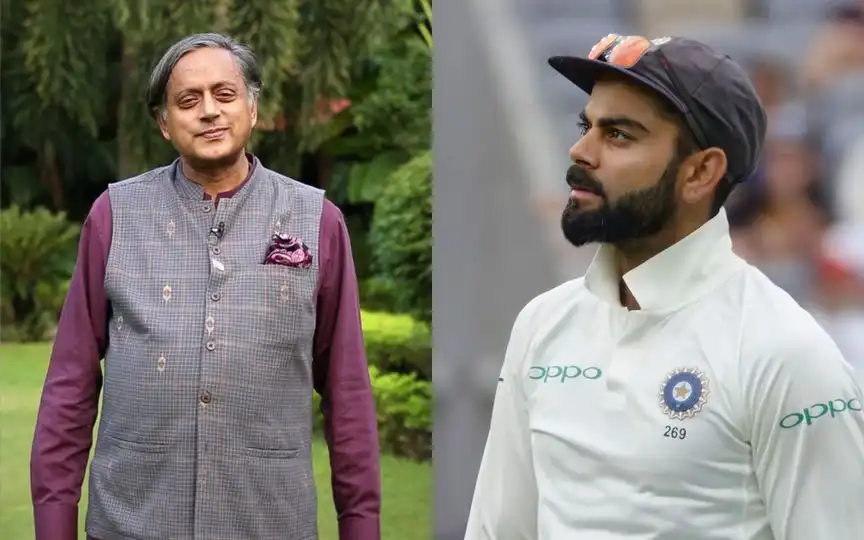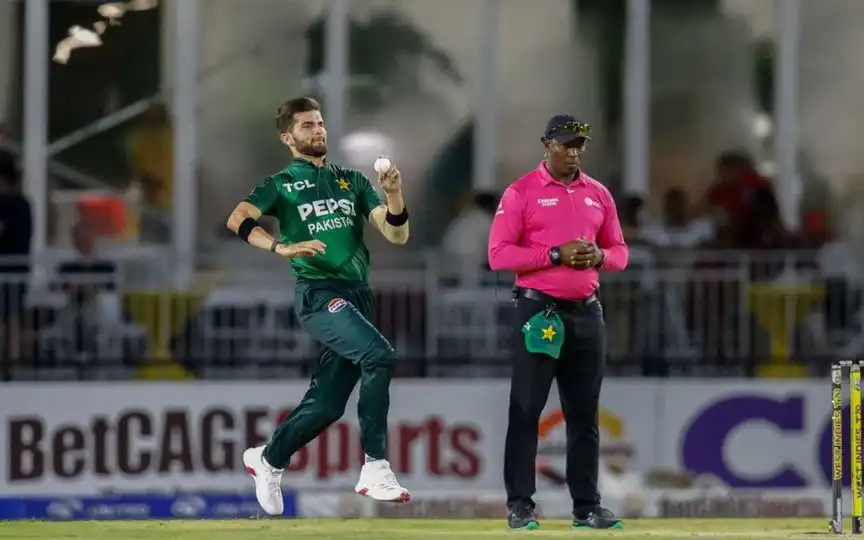![Kennington Oval, England [Source: AFP Photos]](https://onecricketnews.akamaized.net/parth-editor/oc-dashboard/news-images-prod/1754287022347_the_oval_london.jpg?type=hq) Kennington Oval, England [Source: AFP Photos]
Kennington Oval, England [Source: AFP Photos]
England need 35 runs to win the game, India need four wickets. It is at this stage that rain decided to play the spoilsport and interrupt the proceedings, preventing another ball from being bowled.
Now, according to the weather reports, there are also chances of rain on the final day of the game. It could be that rain further plays a role in the match.
In such situations, DLS for Test cricket could have played an interesting role. While the Duckworth-Lewis and Stern method successfully resolves limited-overs contests, Test cricket remains vulnerable to unsatisfying draws.
An application of the DLS method specifically for fourth-innings chases of Test cricket could revolutionise rain-affected outcomes. This approach would maintain the traditional nature of Test cricket, solely providing decisive results in important games as the ongoing contest between India and England.
Methodology: Resource-Based Assessment
In this article, we propose a DLS method for Test cricket that applies the established methods for the fourth innings when a team is chasing a target. The method evaluates two critical resources - available overs until stumps and wickets remaining.
Unlike limited-overs cricket, the DLS for Test cricket considers variable time resources based on remaining play time, typically allowing 90 overs on the final day. This would help create a more nuanced calculation that would keep Test cricket's unique rhythm alive.
Case Study: England vs India, Fifth Test at The Oval
The ongoing Test match between England and India at the Oval provides a perfect example for applying this system. When rain interrupted play with England chasing 374, they had already 339 runs on the board for the loss of six wickets. They had only 35 runs to win the game with effectively three wickets in hand (Chris Woakes might not bat due to a shoulder injury).
Current Resource Analysis
| Resource Type | Available | Required | Assessment |
| Runs Needed | 35 | 374 total | 9.4% remaining |
| Overs Available | 90 | Full day | Abundant |
| Wickets Remaining | 3 | Critical | Sufficient |
| Required Run Rate | 0.39 per over | Historical avg: 2.8 | Highly achievable |
Historical Par Score Comparison
| Stage | England's Score | Historical Par | Advantage |
| 76.2 overs, 6 wickets down | 339 | 285-295 | +44-54 runs |
Results and Implications
Given the current stage of the match, our analysis reveals England's advantage. If we consider that now 90 overs are to be played on the final day, the home team's required rate is just 0.39. According to resource calculations, they possess 1.54 times what is required at this stage. Historical data suggests an 87% success probability in similar scenarios.
The DLS calculation shows that England is currently 54 runs ahead of the par score, meaning even a complete rain washout would result in an England victory under this system. This shows how a fourth-innings DLS application could eliminate weather-affected draws while maintaining competitive integrity.
Conclusion
The application of the DLS method in the fourth innings of Test cricket makes the format even more result-oriented. The scenario between India and England in the ongoing match is a perfect example of how this method would provide clear outcomes without compromising the game's essence.





